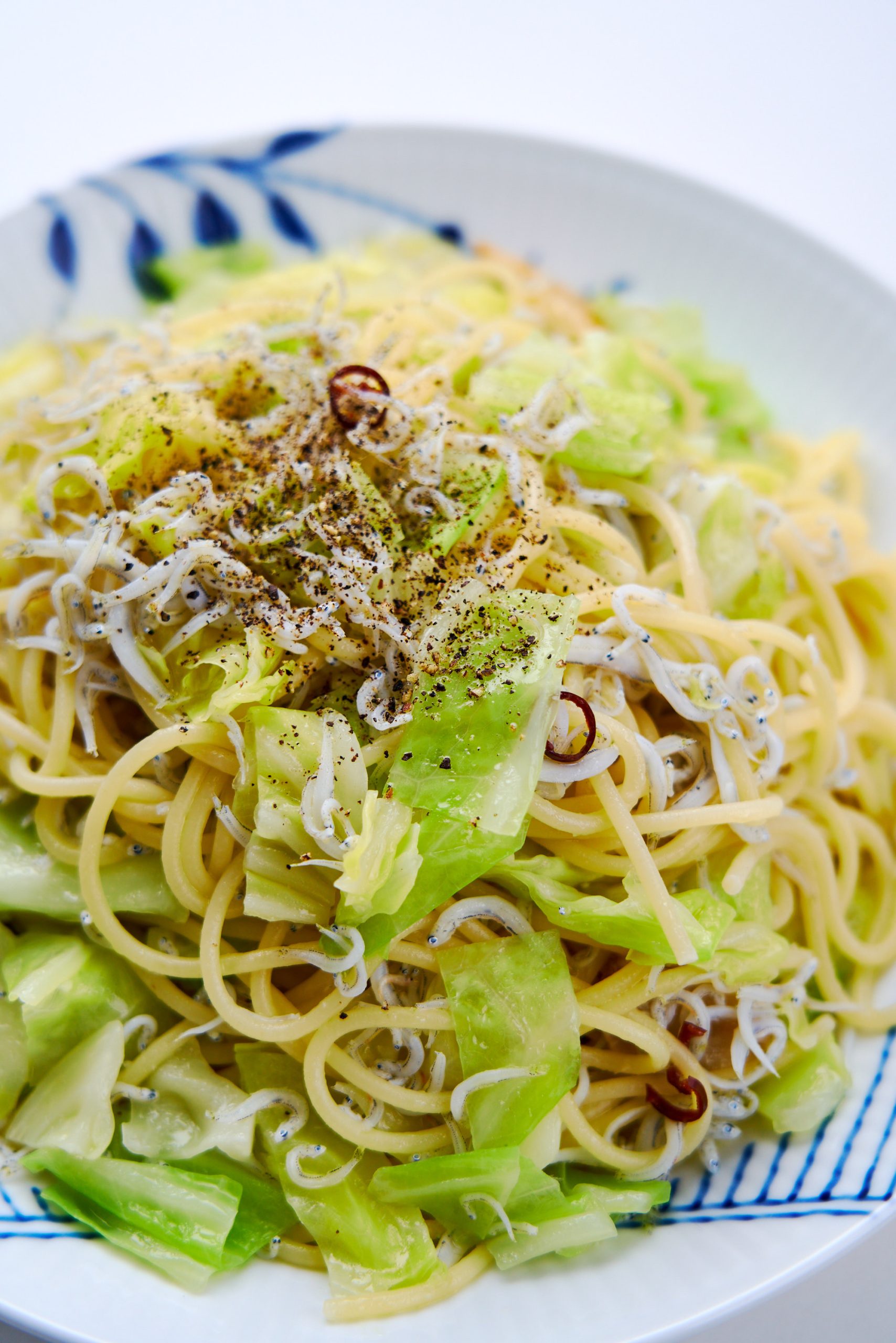
Shirasu is the Japanese word for "whitebait," or the immature fry of fish. It's generally used to refer to baby Japanese anchovies, but it can be used for other fish as well. Although they can be eaten raw when very fresh, they spoil quickly, so most shirasu is boiled in saltwater and frozen for distribution around Japan. Some of these are also dried, which changes their name to shirasuboshi or chirimen (depending on how dried they are).
This easy pasta is deceptively delicious. To be honest, I was pretty dismissive of the idea of using cabbage in pasta when I first moved to Japan, but after trying it once, I was sold. Cabbage is loaded with amino acids, which creates the taste of umami, and it's also sweet when cooked. When you pair it with something briny like shirasu (or even salted anchovies), it creates a marvelous contrast in taste and takes the umami in the fish to the next level.
In this preparation, a generous amount of olive oil gets infused with garlic and dried chilies, then by adding starchy pasta water, you can create a rich emulsion that becomes the sauce for the pasta. This is essentially the technique used to make the Neapolitan dish Spaghetti Aglio e Olio. Add to that the shirasu and cabbage, and you end up with a sublimely satisfying meal that comes together in the time it takes to boil the spaghetti.
Access this Recipe
Welcome! I’m Marc Matsumoto, creator of No Recipes and host of television’s Bento Expo. You’ve stumbled upon my secret stash with over 150 original recipes with a new one coming every week! Unlike my other site, these recipes are member-supported, so you won’t find any banner ads here. Please consider becoming a member to access to this recipe, or you can check out some free recipes here.
- ✓ No ads
- ✓ Access the full stash of over 100 recipes
- ✓ 1 new recipe per week
- ✓ Support Norecipes.com
Already a member?

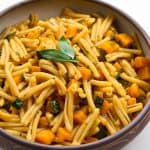

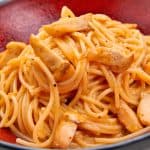


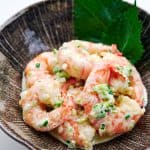
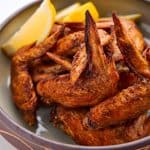
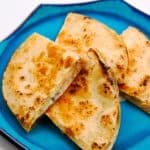
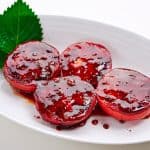


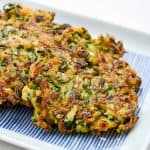
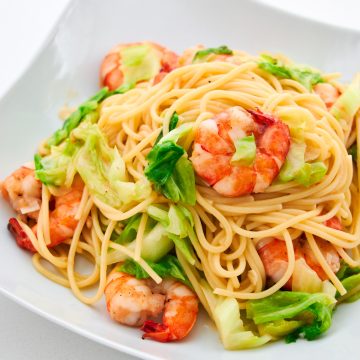
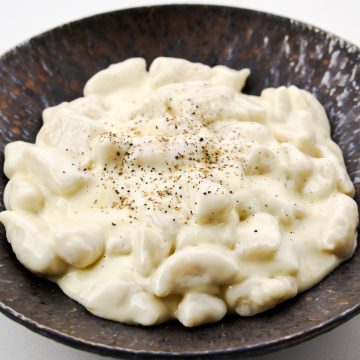

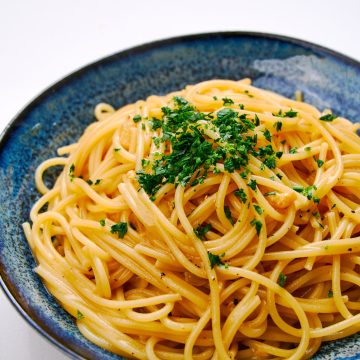
Comments
No Comments